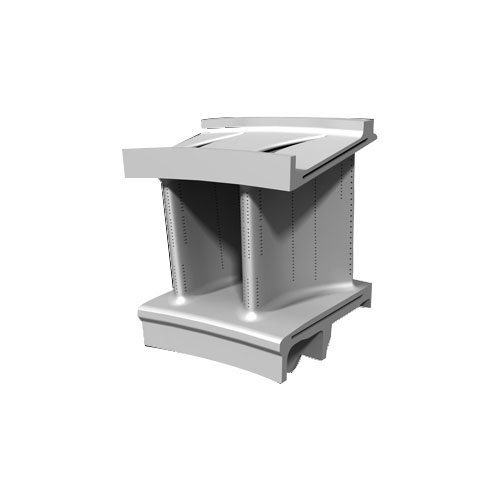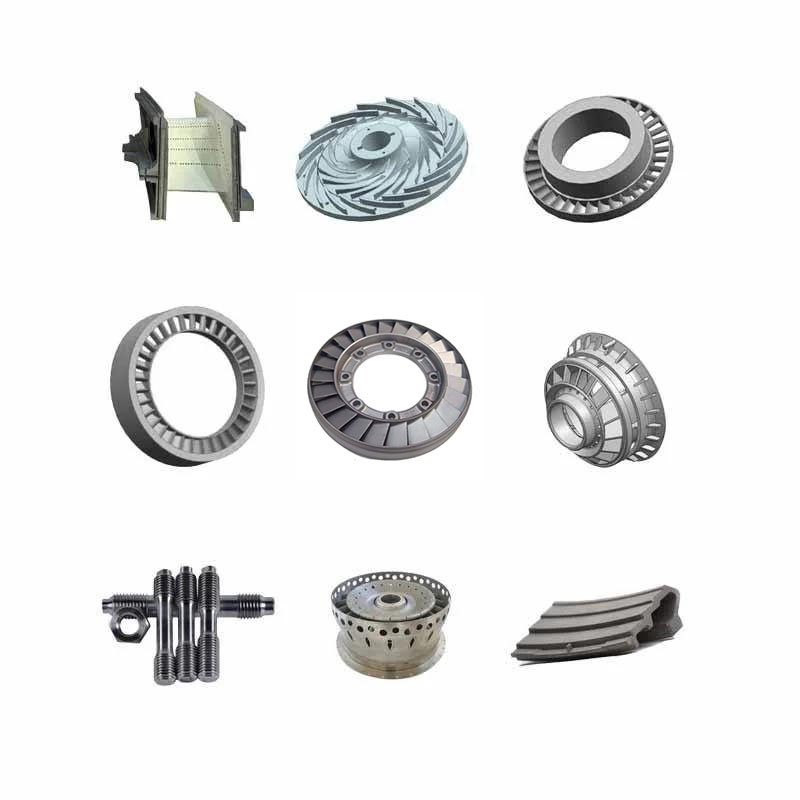Free forging is a metal processing process that heats the metal billet to a certain temperature, and then uses hammering or pressure to cause plastic deformation under atmosphere control or in a vacuum environment to finally obtain parts of the desired shape.

Free forging can effectively utilize raw materials, reduce waste generation, and improve material utilization.
Due to the tighter grain flow inside the forging, free forging parts usually have higher strength and wear resistance.
The shape and dimensional accuracy of free forging parts are usually higher than other processing methods, which can reduce subsequent processing steps.
Free forging is suitable for various metal materials, including titanium alloy, Inconel, Hastelloy, Nimonic, Monel, stainless steel, etc., and can process various complex shapes of parts.
No cutting fluid is required during the free forging process, which reduces pollution to the environment and saves energy consumption.
In the field of shipbuilding, turbine parts can be used in the power system of ships, such as turbochargers, to improve the power and efficiency of the engine, thereby improving the performance of ships.
In the field of energy, free forging turbine parts can be used in power generation equipment, such as steam turbines, to convert thermal energy into electrical energy and provide a stable power supply for society.
In the field of aerospace, the high quality and reliability of turbine parts are crucial. The free forging process can manufacture key components such as turbine blades that meet the requirements of aerospace, ensuring the safe operation of aircraft in extreme environments.
In the oil and gas industry, turbine parts can be used in drilling equipment and oil and gas transportation systems to improve the performance and efficiency of equipment and ensure the extraction and transportation of oil and gas.












Engine turbine accessories also include several key components, each of which plays a vital role in the high temperature, high pressure and high speed environment of the engine.
High strength and durability
Excellent fatigue performance
Complex shape manufacturing capability
Material diversity